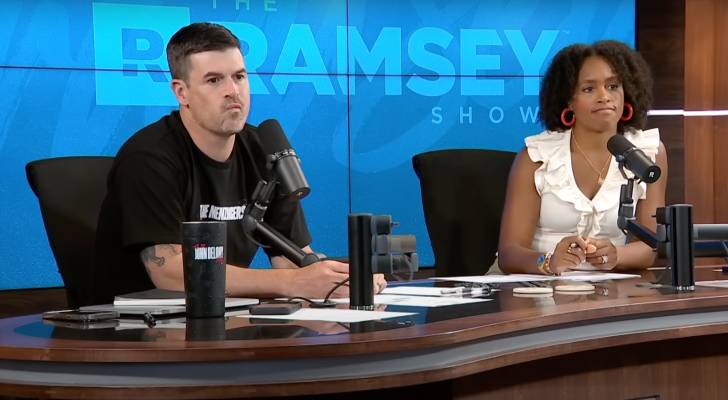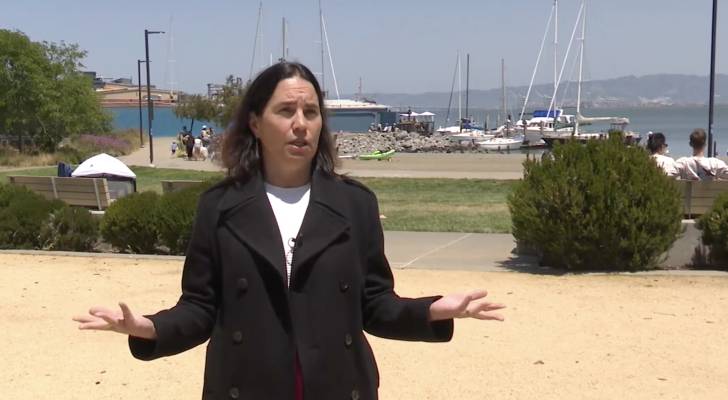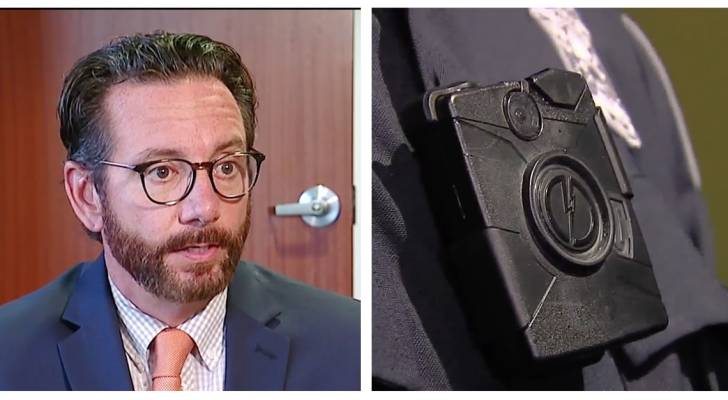‘It’s just struggle after struggle’: Minnesotans can expect their home insurance to spike by 15% before the end of 2025, says new study — but many say it’s already happening


A new study by Insurify is projecting a hike in homeowners insurance premiums — and Minnesotans will be particularly hard hit. Indeed, Realtor.com says that Minnesotans will face the fifth-highest rise in homeowners insurance premium rates in the country by the end of this year. But some are saying it’s already happening. Natalie Beazer, along […]
I’m 61 with a stellar resumé but I’ve failed to get a job — or even an interview — since my layoff 10 months ago. Do I need to conceal my age if I ever want to work again?
Imagine this scenario: Gary has been job hunting for the past 10 months after being laid off by his previous employer. He has a ton of experience and excellent references, but here’s the catch: he’s 61. While he’s sent out countless resumes, he worries that he’s already aged out of the workforce. At the same […]
This Houston man got an immediate above-asking offer for his 1948 Packard, but it ended up costing him thousands — why anyone could ‘easily fall’ for this used car scam


Thinking about buying or selling a used car? You may want to proceed with caution so you don’t fall victim to a fake overpayment scam that uses fraudulent checks. “I could see how so many people could easily fall for this,” Matt Neff, who was recently trying to sell his 1948 Packard online, told KHOU […]
Nashville mom-of-four feels paralyzed with her husband and ‘provider’ of 20 years set to spend a decade behind bars — what The Ramsey Show hosts tell her to do ASAP


Lee from Nashville, TN, is in “recovery from a crisis” after her husband of 20 years was sentenced to prison for 10 years. “We’re not going to end up on the streets,” she told The Ramsey Show co-hosts during a recent episode. The stay-at-home mom has four children — one is a junior in college […]
Ready to retire with $1,000,000? Here are 3 big risks that can quickly turn your retirement dreams into a nightmare — even with a healthy nest egg. Protect against them now


Many hard-working Americans dream of a retirement with no stress, no daily commute and no demanding boss. Life will surely be better with the freedom to do what you want, when you want… right? Even if you have a decent nest egg of $1 million, there are potential downsides to retirement that you’ll want to […]
This attorney left the US for Mexico after his pandemic-era side hustle exploded — now he rakes in more than $350K/year and travels the world. Could his strategy work for you?


When COVID-19 brought Derrick Morgan Jr.’s legal career to a standstill, he looked for a way to make money from home — and found one that changed his life. Today, Morgan works full-time as a trademark attorney offering services directly to clients through online platforms. He lives primarily in Mexico City, pays himself $350,000 a […]
‘I’m speechless’: San Francisco families feel betrayed after learning $3.8M in donations meant for local playgrounds were allegedly used on expenses like ‘swanky galas’ and staff bonuses


The San Francisco Parks Alliance (SFPA) — a nonprofit foundation established to “create, sustain and advocate for parks” — has abruptly shuttered amid a media and legal firestorm over alleged mismanagement involving at least $3.8 million in donations. That leaves donors like Nicola Miner — whose Baker Street Foundation donated $3 million to the SFPA […]
‘Everything we had’: LA family devastated after jewelry store targeted in shocking Hollywood-style heist — with millions gone, owner says it’s left his 71-year-old dad’s retirement at risk


It seems like a plotline out of a Hollywood blockbuster: thieves cutting through a concrete wall in the middle of the night to break into a neighboring jewelry store and steal more than $2 million in cash and jewels. But that’s what happened in a brazen heist to family-owned 5 Star Jewelry and Watch Repair […]
I’m 53 and an accident last year sent me to the ER, leaving me with a $2.7K medical bill I never paid. Now, a debt collector is calling me saying it’s increased to $3K. What do I do?


Last year, Ted got hit with a surprise $2,700 bill after an ER visit. When he missed a follow-up call from a collections agency, the bill ballooned to nearly $3,000. Now, he’s getting nonstop calls from debt collectors and doesn’t know what to do. Don’t miss I’m 49 years old and have nothing saved for […]
Detroit cop suspended after being caught on his own bodycam stealing $600 from a suspect’s purse — but here’s who really pays the price for police misconduct


A Detroit police officer has been suspended without pay after he was allegedly caught stealing $600 from a suspect’s purse. While he hasn’t been charged yet, the evidence is strong — it comes from his own body camera. “Our (internal affairs) lieutenant took a look at the video and immediately recognized that we had a […]
